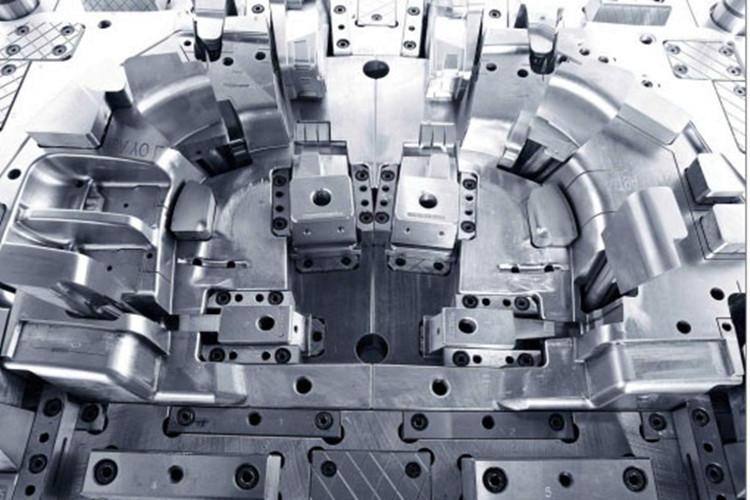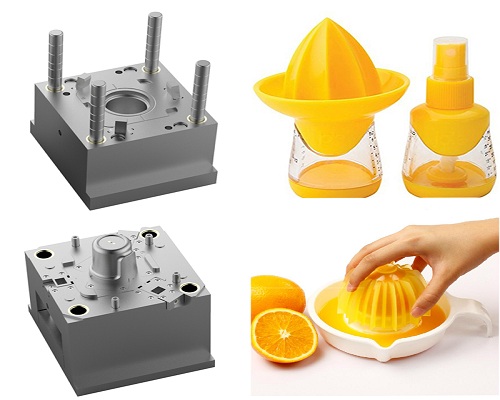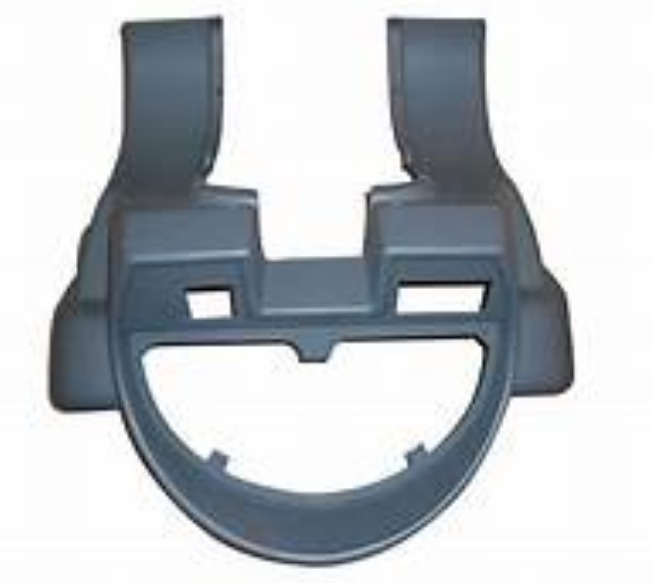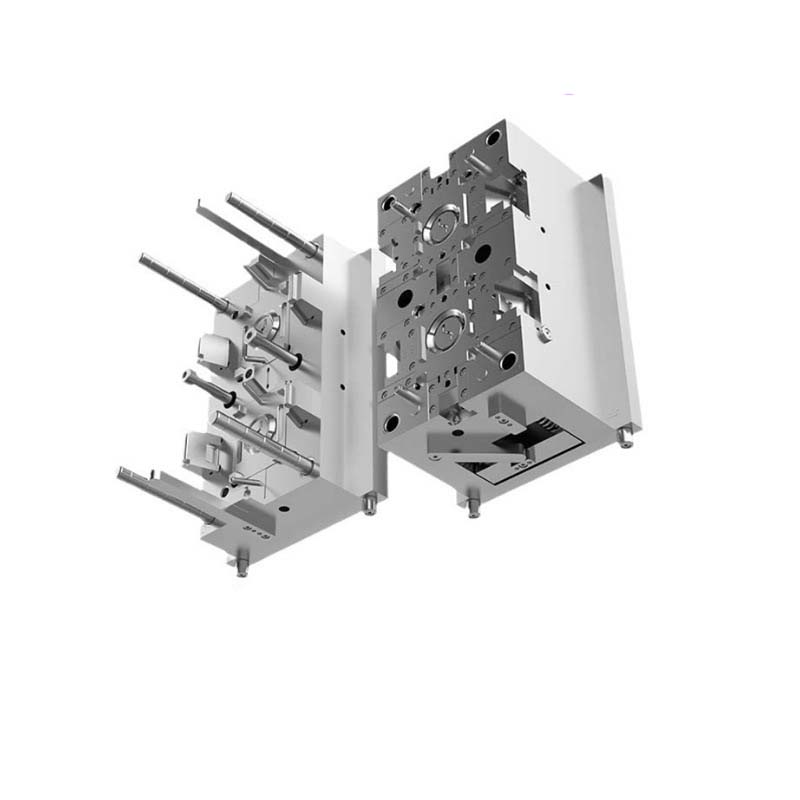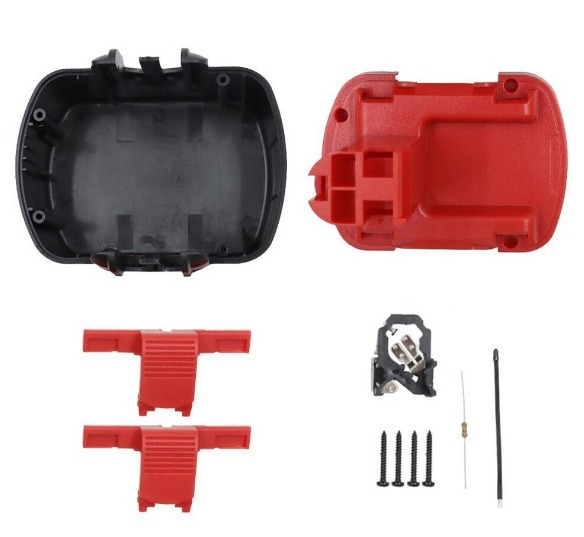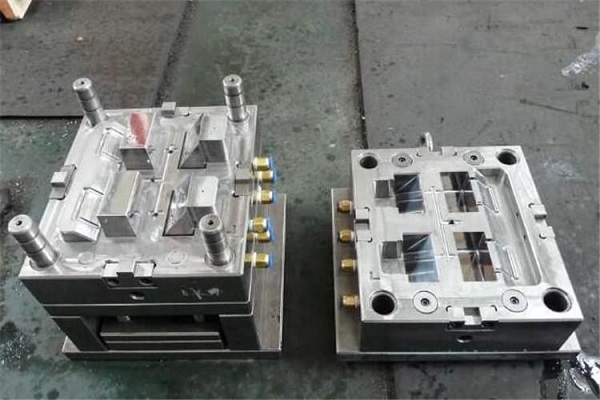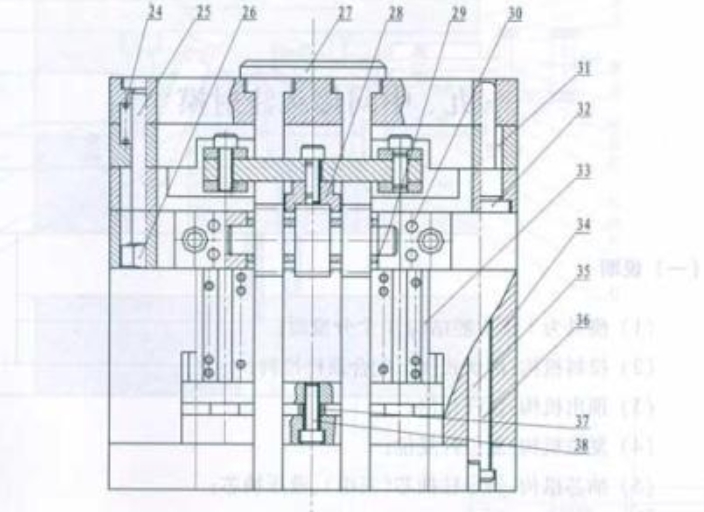Imagine this: You’ve invested in a new set of cold work dies, only to have them chip after a few thousand cycles. Or maybe your tools can’t hold their edge through a high-volume production run, forcing you to halt operations for sharpening. These headaches are all too common when working with subpar materials—but Mold Making Cr12 (D3/SKD1) steel is here to change that. As a go-to material for cold work applications, Cr12 (known as AISI D3 or JIS SKD1) offers exceptional hardness and wear resistance, but only if you understand how to leverage its unique properties. In this guide, we’ll tackle the common pain points manufacturers face with cold work tooling and show you why Cr12 (D3/SKD1) might be the solution you’ve been searching for.
Material Composition and Properties of Cr12 (D3/SKD1)
What makes Cr12 (D3/SKD1) stand out in the world of cold work tool steels? It all starts with its carefully balanced material composition and properties:
- Chromium content: Cr12 lives up to its name with a high chromium content of 11-13%. This element forms hard chromium carbides, which are responsible for the steel’s exceptional wear resistance—a must for tools that repeatedly shape metal without lubrication.
- Carbon content: With 2.0-2.3% carbon, Cr12 (D3/SKD1) achieves extreme hardness after heat treatment. This high carbon level, combined with chromium, creates a dense network of carbides that resist deformation under high pressure.
- Alloying elements: Small amounts of manganese (0.3-0.6%) and silicon (0.2-0.4%) improve hardenability and reduce brittleness, while traces of molybdenum enhance toughness—a critical balance for tools that face impact during use.
- Hardness range: After proper heat treatment, Cr12 (D3/SKD1) reaches a hardness range of 58-64 HRC (Rockwell C). This puts it at the higher end of the hardness spectrum for cold work steels, making it ideal for applications where edge retention is key.
- Thermal stability: While not as heat-resistant as high-speed steels, Cr12 maintains its hardness at temperatures up to 400°F (204°C), which is sufficient for most cold work processes like stamping and cold forging.
- Corrosion resistance: Thanks to its chromium content, Cr12 offers moderate corrosion resistance—better than carbon steels but not on par with stainless steels. It can withstand humid workshop environments but should be stored properly to avoid rusting during long periods of inactivity.
Applications and Uses: Where Cr12 (D3/SKD1) Shines
Cr12 (D3/SKD1) isn’t a one-size-fits-all solution, but it excels in specific applications and uses where hardness and wear resistance are non-negotiable:
- Cold work tooling: From blanking dies to trim dies, Cr12 is a staple in cold work operations. Its ability to maintain a sharp edge through thousands of cycles makes it perfect for cutting and shaping cold-rolled steel, aluminum, and other metals.
- Stamping dies: In high-volume stamping, where tools endure constant friction, Cr12’s wear resistance reduces the need for frequent replacements. Manufacturers report up to 30% longer die life compared to lower-chromium steels.
- Punches and shears: The high hardness of Cr12 allows punches and shears to cut through thick materials without dulling. For example, a Cr12 punch used in sheet metal cutting can handle up to 50,000 cycles before needing sharpening—twice as many as a punch made from AISI O1 steel.
- Cold extrusion tools: When shaping metal by forcing it through a die (cold extrusion), Cr12’s toughness prevents cracking under the extreme pressure. It’s commonly used for extruding bolts, nuts, and other fasteners.
- Plastic injection molds: While not its primary use, Cr12 works well for injection molds that produce abrasive plastics (like those filled with glass fibers). Its smooth surface finish, when polished, also helps reduce plastic buildup on mold surfaces.
Heat Treatment and Processing of Cr12 (D3/SKD1)
Even the best steel will underperform without proper heat treatment and processing. Cr12 (D3/SKD1) is no exception—its properties are fully unlocked only through precise thermal and mechanical processes:
- Annealing process: Before machining, Cr12 is annealed to soften it for easier cutting. This involves heating to 1500-1550°F (815-845°C), holding for 2-4 hours, then cooling slowly (no more than 50°F per hour) to room temperature. Annealed Cr12 has a hardness of 200-250 HB, making it machinable with carbide tools.
- Hardening temperatures: To achieve maximum hardness, Cr12 is heated to 1800-1850°F (980-1010°C) and held until fully austenitized (typically 30-60 minutes). This temperature range ensures all carbides dissolve evenly, which is critical for uniform hardness.
- Quenching methods: Oil quenching is the standard for Cr12 (D3/SKD1), as it cools the steel rapidly enough to form martensite (the hard microstructure) without causing excessive distortion. Vacuum quenching is also an option for complex shapes, as it reduces oxidation and improves surface finish.
- Tempering cycles: After quenching, tempering is essential to relieve internal stresses and balance hardness with toughness. Cr12 is typically tempered at 300-400°F (150-204°C) for 1-2 hours. A single tempering cycle is usually sufficient, but for critical applications, a second cycle can further reduce brittleness.
- Surface treatments: Nitriding (a process that diffuses nitrogen into the surface) can increase surface hardness by 5-10 HRC, enhancing wear resistance even more. PVD (Physical Vapor Deposition) coatings like TiAlN can also be applied to reduce friction, though they require careful pre-treatment to ensure adhesion.
- Machinability: Annealed Cr12 is moderately machinable, but its high carbide content means it wears down tools faster than softer steels. Using carbide inserts with a positive rake angle and cutting speeds of 50-80 SFM (surface feet per minute) yields the best results.
- Grinding characteristics: Grinding Cr12 requires a cool, steady approach to avoid burning the surface (which can reduce hardness). A resin-bonded diamond wheel with a grit size of 80-120 works well, and coolant should be applied directly to the contact point to prevent overheating.
Comparison with Similar Steels: How Cr12 (D3/SKD1) Stacks Up
Is Cr12 (D3/SKD1) the right choice for your application, or would another steel perform better? Let’s compare it to similar steels using key metrics:
| Steel Grade | Hardness (HRC) | Wear Resistance | Toughness | Cost (Relative) | Best For |
| Cr12 (D3/SKD1) | 58-64 | Excellent | Moderate | Medium | High-wear cold work (stamping, extrusion) |
| D2 (1.2379/SKD11) | 57-62 | Very Good | Good | Medium-High | Balanced wear/toughness (progressive dies) |
| O1 | 55-60 | Good | Very Good | Low | Low-volume stamping, prototypes |
| A2 | 57-61 | Good | Very Good | Medium | Impact-heavy applications (forging dies) |
| High-speed steel (M2) | 60-65 | Very Good | Good | High | High-speed cold work (rapid stamping) |
- D2 tool steel vs. Cr12: D2 has slightly lower hardness but better toughness, making it a better choice for applications with moderate impact. Cr12, however, offers superior wear resistance—critical for high-volume runs.
- SKD11 (Japanese equivalent): SKD11 is similar to D2, with lower carbon and chromium than Cr12. It’s more machinable but less wear-resistant, making it a trade-off for manufacturers prioritizing ease of processing over tool life.
- Cost comparison: Cr12 (D3/SKD1) is priced slightly lower than D2 but higher than O1. Its longer service life often offsets the upfront cost, especially in high-volume production.
Performance and Durability: What to Expect from Cr12 (D3/SKD1)
When it comes to performance and durability, Cr12 (D3/SKD1) delivers impressive results in the right applications:
- Mold life expectancy: In stamping applications, Cr12 dies typically last 300,000-500,000 cycles—significantly longer than O1 (100,000-200,000 cycles) but slightly less than powder metallurgy steels (500,000-1,000,000 cycles).
- Resistance to chipping: While Cr12 is hard, it’s not as brittle as some high-carbon steels. Proper tempering (350°F for 2 hours) reduces chipping risk, though it’s still more prone to cracking than A2 or D2 in high-impact scenarios.
- Edge retention: Thanks to its dense carbide network, Cr12 holds an edge 20-30% longer than D2 in abrasive applications. This reduces downtime for sharpening, a major plus for high-volume manufacturers.
- Dimensional stability: After heat treatment, Cr12 experiences minimal distortion (less than 0.001 inches per inch), ensuring tight tolerances in precision parts like medical device components.
- Maintenance requirements: Cr12 tools need regular cleaning to prevent rust, and sharpening should be done with diamond wheels to avoid overheating. With proper care, they can be reconditioned 3-5 times before needing replacement.
Yigu Technology’s Perspective
At Yigu Technology, we’ve seen Cr12 (D3/SKD1) prove its worth in countless cold work applications. Its unique blend of hardness and wear resistance makes it a cost-effective choice for high-volume stamping and extrusion—our clients report up to 40% fewer tool changes after switching to Cr12. We recommend it for manufacturers prioritizing long tool life over extreme toughness, and our team can help optimize heat treatment to balance performance with machinability. For custom projects, we also offer precision machining of Cr12 components, ensuring your tools meet exact specifications from day one.
FAQs
- Is Cr12 (D3/SKD1) suitable for high-impact applications?
Cr12 offers moderate toughness but is best for low-to-moderate impact applications like stamping. For high-impact tasks (e.g., heavy forging), A2 or D2 steel may be more durable.
- How does Cr12’s wear resistance compare to powder metallurgy steels?
Powder metallurgy steels (e.g., ASP-60) have better wear resistance, but Cr12 costs 50-70% less, making it a better value for mid-volume production.
- What’s the best way to prevent chipping in Cr12 tools?
Use a tempering cycle of 350°F for 2 hours to reduce brittleness, and avoid over-hardening (keep hardness below 62 HRC) for applications with moderate impact.
